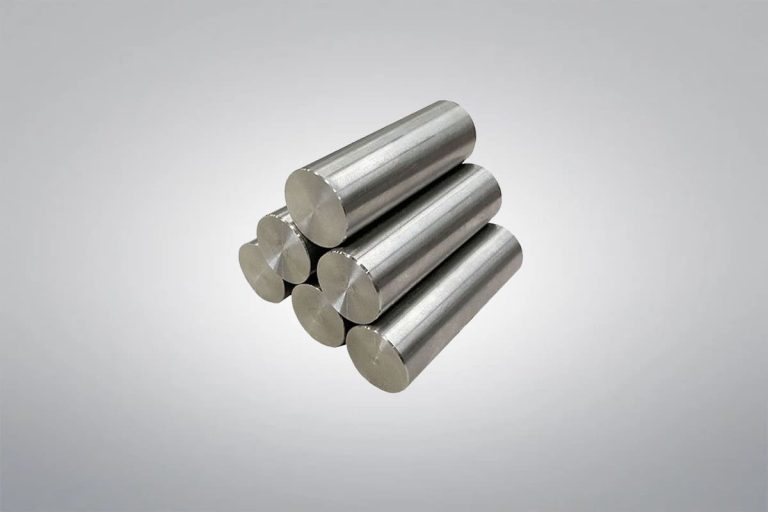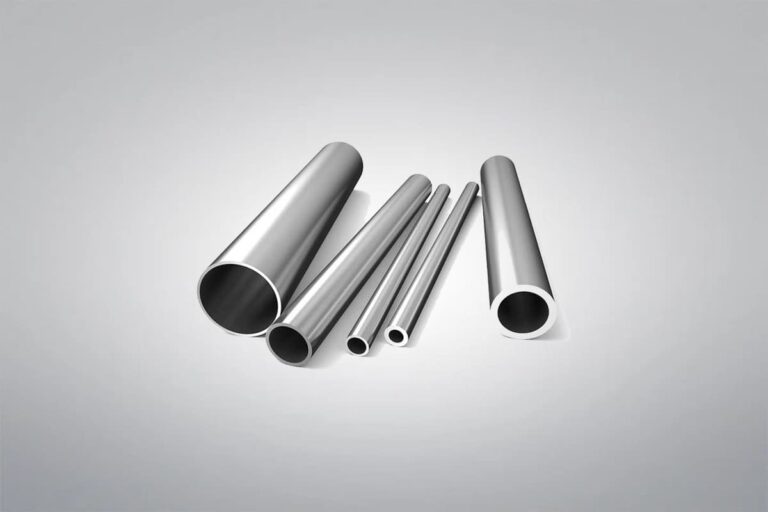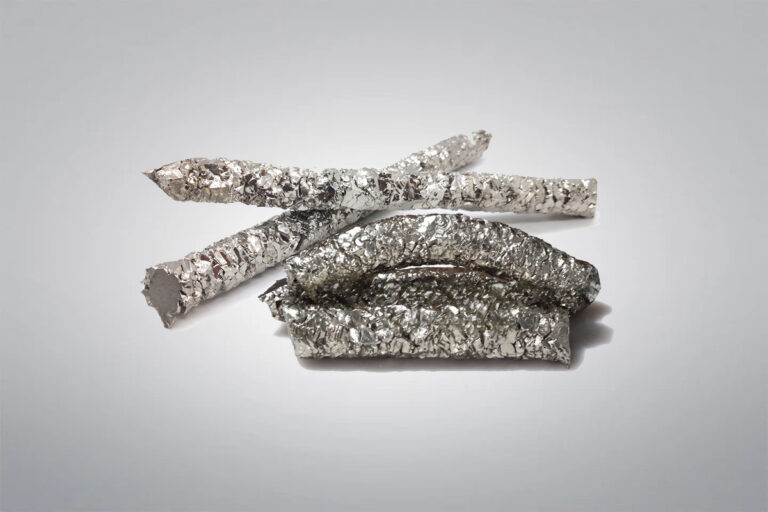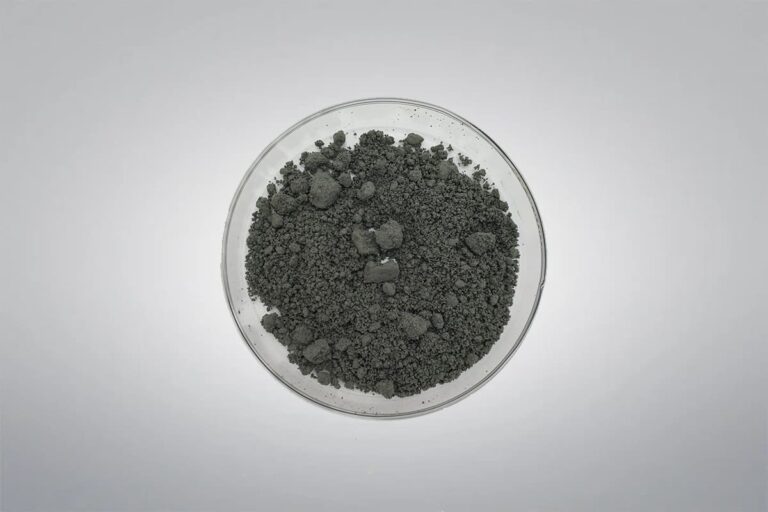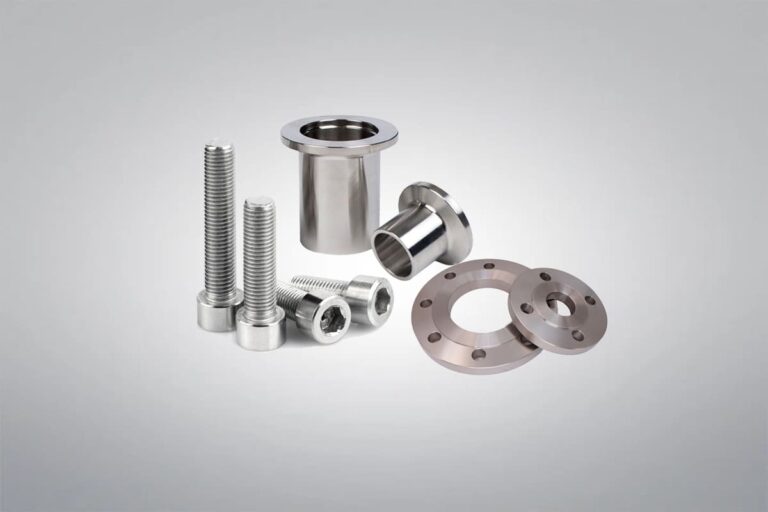Hafnium Rod/Bar

Hafnium Rod/Bar
Material: Hf+Zr≥99.95%, Zr≤0.2%/0.5%/1.0%
Hafnium Rod/Bar is drawn from hafnium metal, with excellent corrosion resistance, high-temperature tolerance, and high strength. It is widely applied in aerospace, nuclear energy, electronics, and high-temperature alloys. As a leading supplier and manufacturer of premium hafnium products, Heeger Materials leverages advanced technology to deliver high-purity hafnium and hafnium alloys rods and bars for wide ranges of applications.
Or email us at sales@heegermaterials.com.This product is currently unavailable. Please check other products. Thank you.
Hafnium Rod/Bar Data Sheet
| Reference: | HMHF1500 |
| Material: | Hf+Zr≥99.95%, Zr≤0.2%/0.5%/1.0% |
| Purity: | 99%-99.95% |
| Dimension: | φ 1-350 mm Length: 30-1100 mm or customized |
| Temper: | Annealed and Unannealed |
Hafnium Rod
Hafnium (Hf) is a lustrous, silver-gray transition metal with a very high melting point (2230°C) and high density (13.31 g/cm3). Hafnium Rod is often alloyed with other metals such as tantalum, niobium, and zirconium during manufacturing to improve their mechanical properties and durability. It exhibits excellent performance in high-temperature environments and is commonly used as neutron-absorbing material in nuclear reactors, as well as in high-temperature equipment and engine components. HM can supply high-quality hafnium and hafnium alloy rods and bars with various specifications for multiple applications.
Hafnium Rod/Bar Material Chemical Composition
| Chemical Composition (%) | |||||||||
| Hf+Zr | Zr | Si | Mo | Al | Ni | C | H | O | N |
| ≥99.95 | ≤1 | ≤0.001 | ≤0.001 | ≤0.0005 | ≤0.005 | ≤0.003 | ≤0.001 | ≤0.015 | ≤0.003 |
| Cu | Sn | Fe | Ti | Mn | Cr | Sb | Pb | Mg | Nb |
| ≤0.0005 | ≤0.0005 | ≤0.01 | ≤0.001 | ≤0.0005 | ≤0.001 | ≤0.0005 | ≤0.0005 | ≤0.0005 | ≤0.0005 |
Hafnium Rod/Bar Specifications
| Material | Hf+Zr≥99.95%, Zr≤0.2%/0.5%/1.0% |
| Diameter (inch) | Length (inch) |
| .010″ to .040″ | up to 36″ maximum |
| .042″ to .100″ | up to 48″ maximum |
| .105″ to .300″ | up to 72″ maximum |
| .305″ to .500″ | up to 36″ maximum |
Hafnium Rod/Bar Production Process
- Ingot: Hafnium and its alloys are melted into ingots.
- Forging: The ingots are heated and forged into shapes like rods or sheets.
- Hardening and Extrusion: The material is hardened through quenching and extruded into precise forms.
- Spin Forging: Rotating pressure refines the shape and improves strength.
- Annealing: The material is heated and cooled to relieve stress and improve ductility.
- Straightening: Any bending is corrected for uniformity.
- Coreless Grinding: The rods are ground to enhance surface finish and dimensional accuracy.
Hafnium Rod/Bar Applications
- Nuclear Industry: Hafnium has good neutron absorption properties, so hafnium rods are commonly used in nuclear reactors as part of the control rods to help regulate the flow of neutrons in the reactor and maintain stable reactor operation.
- Aerospace: Hafnium rods are used in the aerospace industry to make high-temperature alloys and engine components.
- Electronics and Semiconductor Industry: Hafnium rods are used to manufacture semiconductor devices, especially in integrated circuits. It is used as a key material in transistor and fiber optic technology to enhance device performance and stability.
- Chemical Industry: Hafnium rods’ corrosion resistance has led to their use in the chemical industry as a material for the manufacture of high-temperature, corrosion-resistant equipment and apparatus, such as reactors and piping.
- Scientific Research and Testing: Hafnium rods are widely used in materials science research and the melting of high-temperature alloys.
Hafnium Rod/Bar Packaging
The Hafnium Rod/Bar is carefully placed in wooden cases or cartons with additional support from soft materials to prevent any shifting during transportation. This packaging method guarantees the integrity of the products throughout the delivery process.
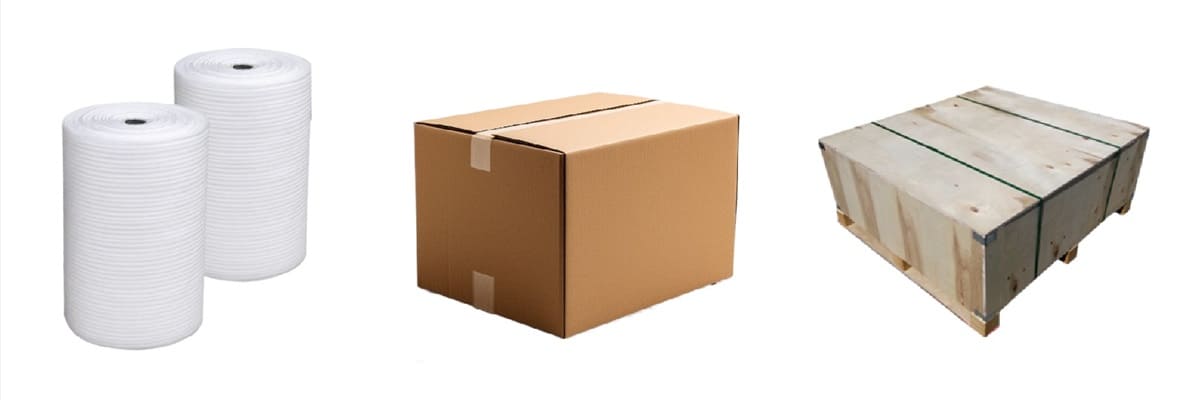
Hafnium Properties
Download
Get A Quote
We will check and get back to you in 24 hours.
Other Rod/Bars Products
Heeger Metal supplies refractory metal and alloy rods/bars made from high-performance materials like tungsten, molybdenum, and tantalum. These rods offer excellent strength, high melting points, and resistance to wear and corrosion, making them ideal for aerospace, electronics, and high-temperature applications. Available in various sizes, they can be customized to meet specific needs.
Other Zirconium/Hafnium Products
Heeger Metal provides a wide selection of zirconium and hafnium products, celebrated for their excellent corrosion resistance, high temperature stability, and remarkable strength in extreme environments. These qualities make them ideal for critical applications in industries such as aerospace, nuclear power, and chemical processing. Our high-purity zirconium and hafnium materials ensure superior performance and durability, even in the most demanding conditions.



